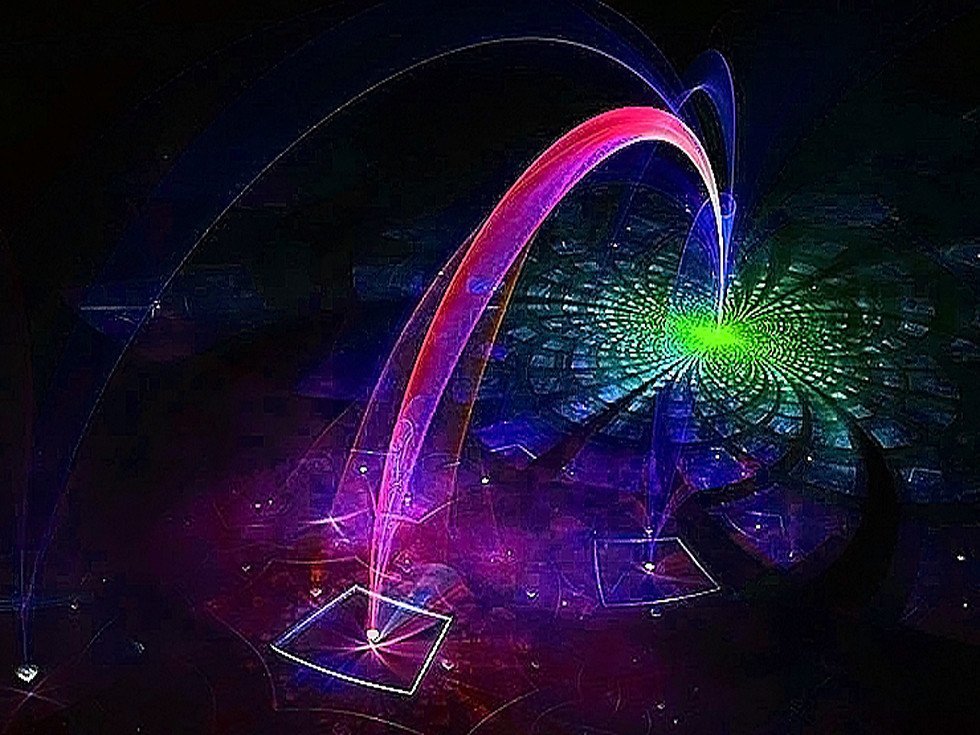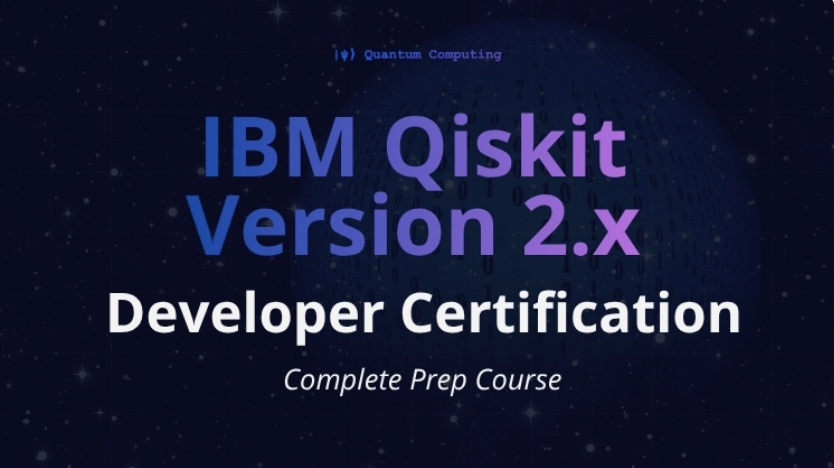Like an uncertain game show contestant, a quantum computer may need to tap into the wisdom of crowds to solve problems, according to a team of researchers.
In a study, the researchers found that running the same operation multiple times on different sets of qubits — quantum information bits — may help quantum computers arrive at proper solutions.
The system that the team developed addresses the heart of quantum computing’s paradoxical power: The same quantum environment that makes the devices powerful and fast, also creates noise that produces high error rates, according to a Georgia Institute of Technology news release. One way to handle that error rate is to repeat the query thousands of times to statistically make the correct answer stand out among thousands of incorrect solutions.
But running these multiple operations on the same qubit set may just generate the same incorrect answers that can appear statistically to be the correct answer.

“The idea here is to generate a diversity of errors so you are not seeing the same error again and again,” said Moinuddin Qureshi, a professor in Georgia Tech’s School of Electrical and Computer Engineering, who worked with doctoral student, Swamit Tannu.
Tannu said it is all about the power of diversity.
“Different qubits tend to have different error signatures. When you combine the results from diverse sets, the right answer appears even though each of them individually did not get the right answer,” said Tannu.
The technique — called Ensemble of Diverse Mappings (EDM) — is a little like a quantum version of the game show, “Who Wants to be a Millionaire,” said Tannu. Contestants who aren’t sure of the answer to a multiple choice question can ask the studio audience for help.
“It’s not necessary that the majority of the people in the audience know the right answer,” Qureshi said. “If even 20 percent know it, you can identify it. If the answers go equally in the four buckets from the people who don’t know, the right answer will get 40 percent and you can select it even if only a relatively small number of people get it right.”
Experiments with an existing quantum computer — called a Noisy Intermediate Scale Quantum (NISQ) computer — showed that the technique improves the inference quality by 2.3 times compared to state-of-the-art mapping algorithms. By combining the output probability distributions of the diverse ensemble, EDM amplifies the correct answer by suppressing the incorrect ones.
Tannu said that choosing qubits with different error rates — and therefore different types of error — ensures that one correct answer will rise above the diversity of errors.
“The goal of the research is to create several different versions of the program, each of which can make a mistake, but they will not make identical mistakes,” Tannu said. “As long as they make diverse mistakes, when you average things out, the mistakes get canceled out and the right answer emerges.”
















